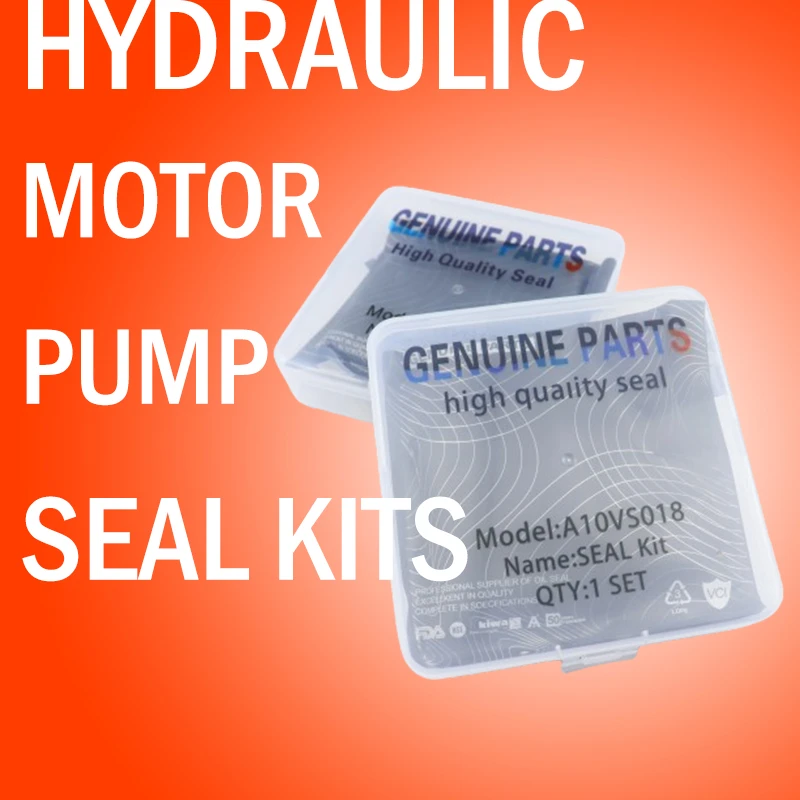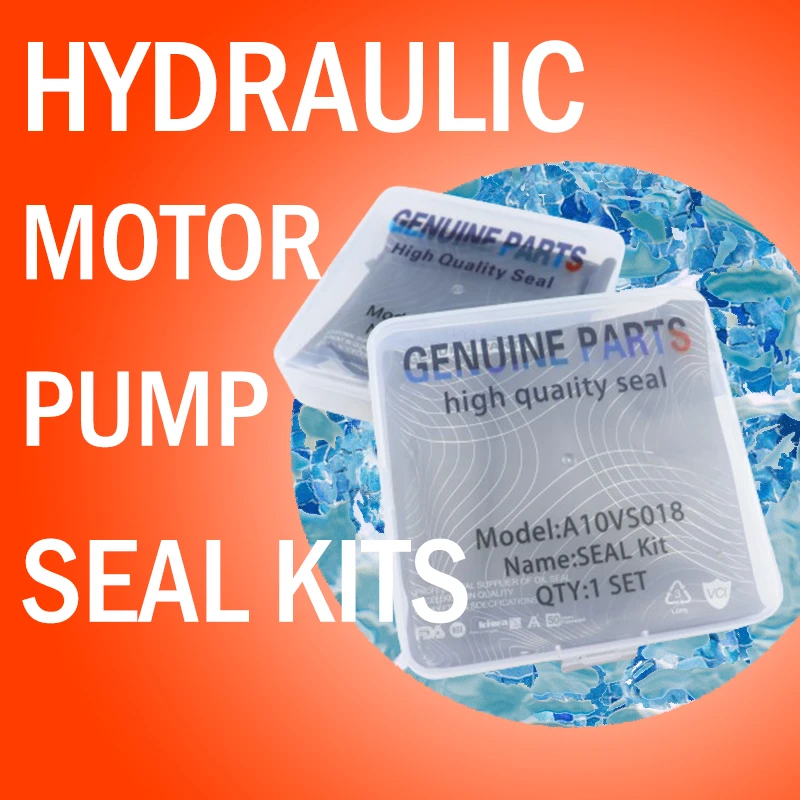Feb . 13, 2025 05:56 Back to list
Standard Hydraulic DKB Type Dustproof Wiper Oil Seal


Moreover, the durability and functionality of each seal are significantly impacted by various factors, including installation precision, operational conditions, and maintenance practices. Technical insights suggest that more than half of hydraulic system failures are due to inadequate application or misinstallation of seals. Therefore, proper training and adherence to manufacturer guidelines become indispensable in extending the operational lifespan of hydraulic systems. The product selection process does not end once an appropriate seal type is identified. Since the operational success of hydraulic seals interlinks with the system environment, ongoing maintenance and monitoring are vital. Expert advice underscores the need for regular inspections to detect wear and tear early. Preventive maintenance not only prolongs the service life of seals but also ensures that they perform optimally under demanding conditions. For hydraulic system professionals, the insights gained through years of experience and meticulous attention to seal application nuances underscore the need to approach hydraulic seal management with careful consideration, moving beyond basic checks and balances to an advanced, analytics-driven maintenance regime. In conclusion, hydraulic seals may present themselves as basic components at first glance, but their significance in fluid power systems is unparalleled. Through shared experiences, expert insights, authoritative developments in material science, and a strong track record of trust, hydraulic seals remain indispensable to maintaining operational excellence and cost-efficiency in engineering applications. Such a multifaceted approach ensures that these critical components continue to support innovations in hydraulic technology, driving industries forward with unprecedented reliability and operational competence.
-
TCN Oil Seal Metal Ring Reinforcement for Heavy Machinery
NewsJul.25,2025
-
Rotary Lip Seal Spring-Loaded Design for High-Speed Applications
NewsJul.25,2025
-
Hydraulic Cylinder Seals Polyurethane Material for High-Impact Jobs
NewsJul.25,2025
-
High Pressure Oil Seal Polyurethane Coating Wear Resistance
NewsJul.25,2025
-
Dust Proof Seal Double Lip Design for Construction Equipment
NewsJul.25,2025
-
Hub Seal Polyurethane Wear Resistance in Agricultural Vehicles
NewsJul.25,2025
-
The Trans-formative Journey of Wheel Hub Oil Seals
NewsJun.06,2025
Products categories
















